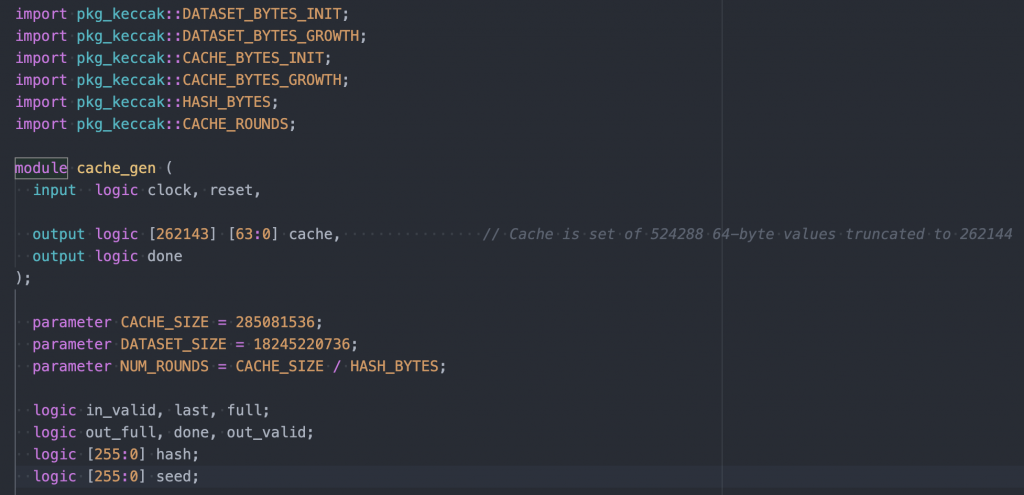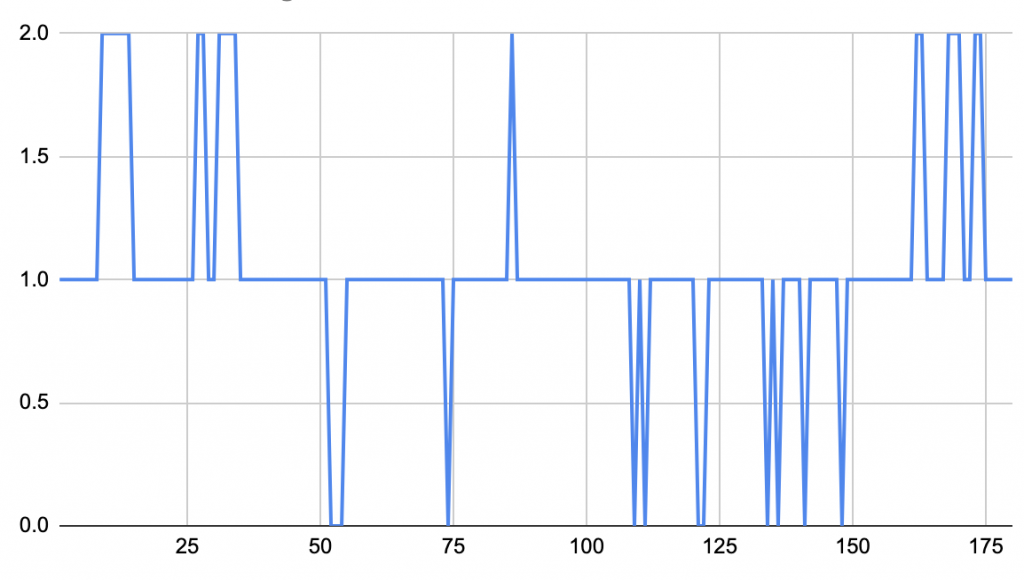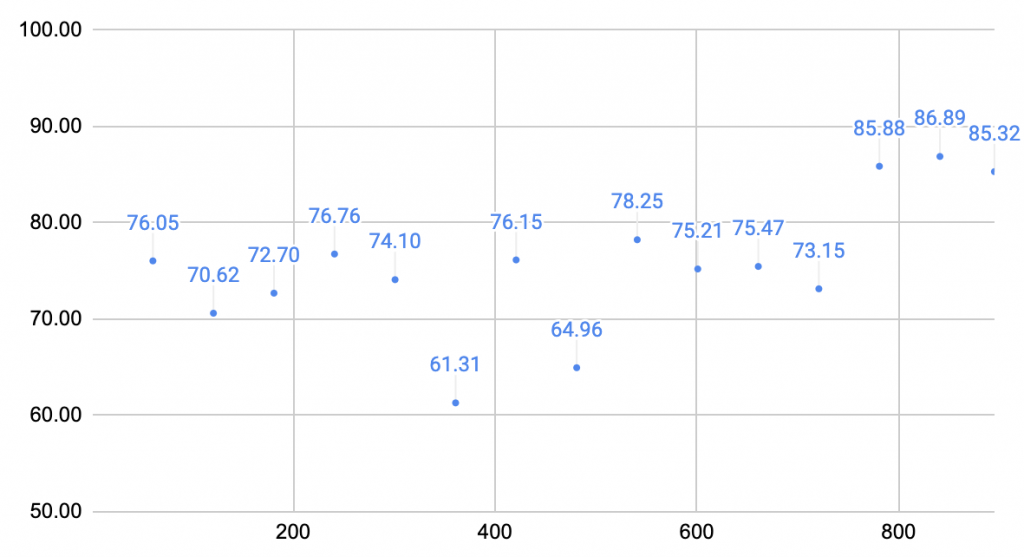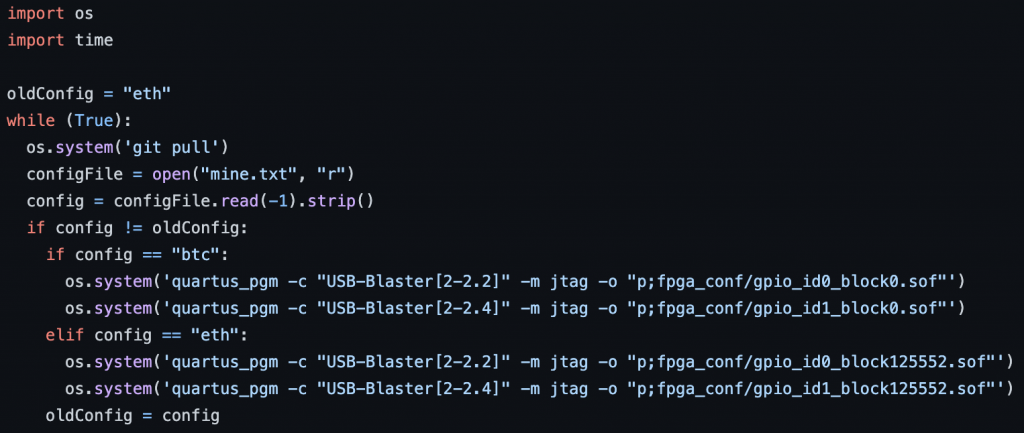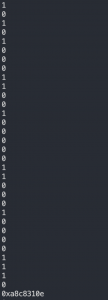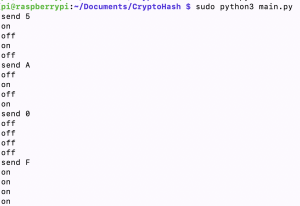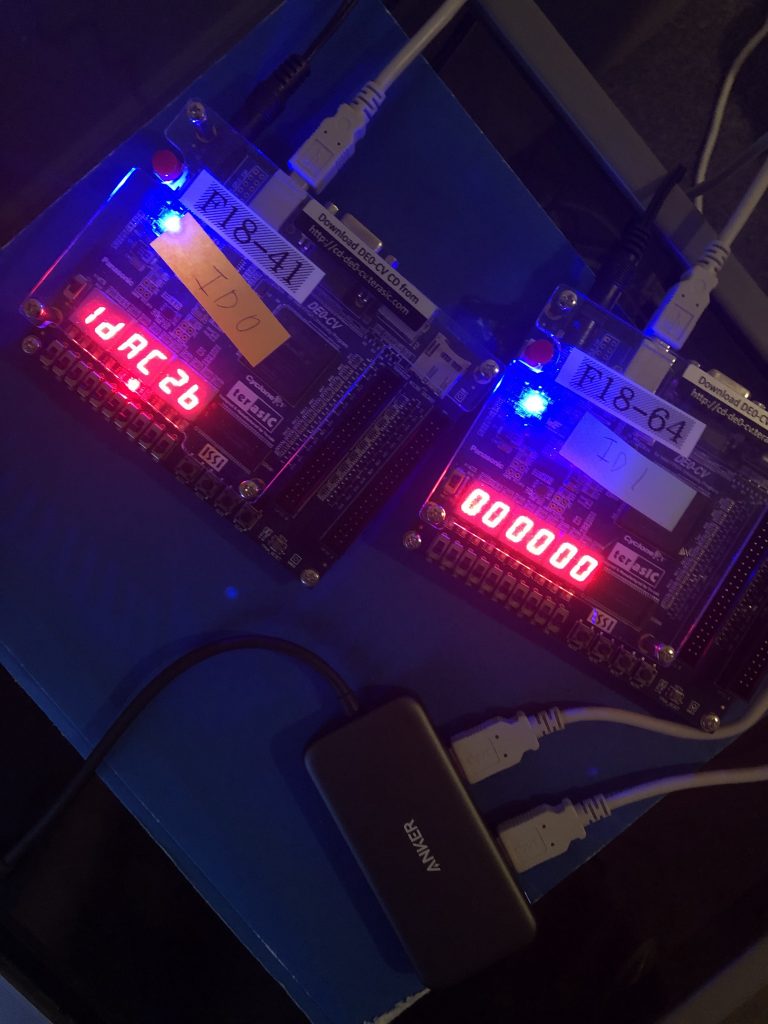The accuracy measures that we had in our presentation was made for 2 boards, which included all of the graphs and other metrics. The accuracy metrics have been updated to include different number of boards and more ways to try to improve the robustness of the switching algorithm. The algorithms tested are for favoring equal split, linear peak, exponential peak, and equal splits. Accuracy number for this will continue to be analyzed to confirm the best state that our choosing algorithm can be in.
Another risk in our project lies in the memory limitations of the FPGAs when mining Ethereum. Ethash is a memory hard hashing algorithm which means that it was designed to prevent ASICs and other specialized hardware from gaining an advantage over GPUs and other systems. Thus, the limited memory space on the FPGAs make it difficult to efficiently mine Ethereum. Although there does exist ASICs that mine Ethereum today, these boards are more expensive and more complex than the systems that we can create on the DE0-CV FPGA board. To mitigate this risk, we will attempt to only store the 16MB Ethereum cache and if this also does not work, we will create multiple smaller scale caches that provide the same functionality.

